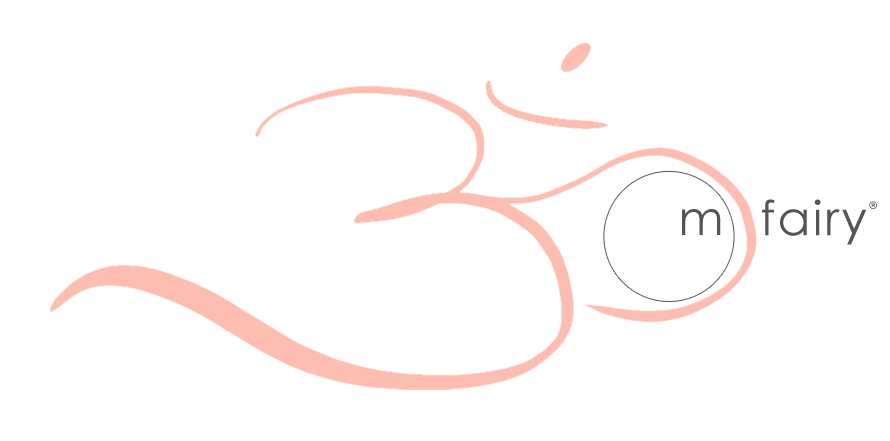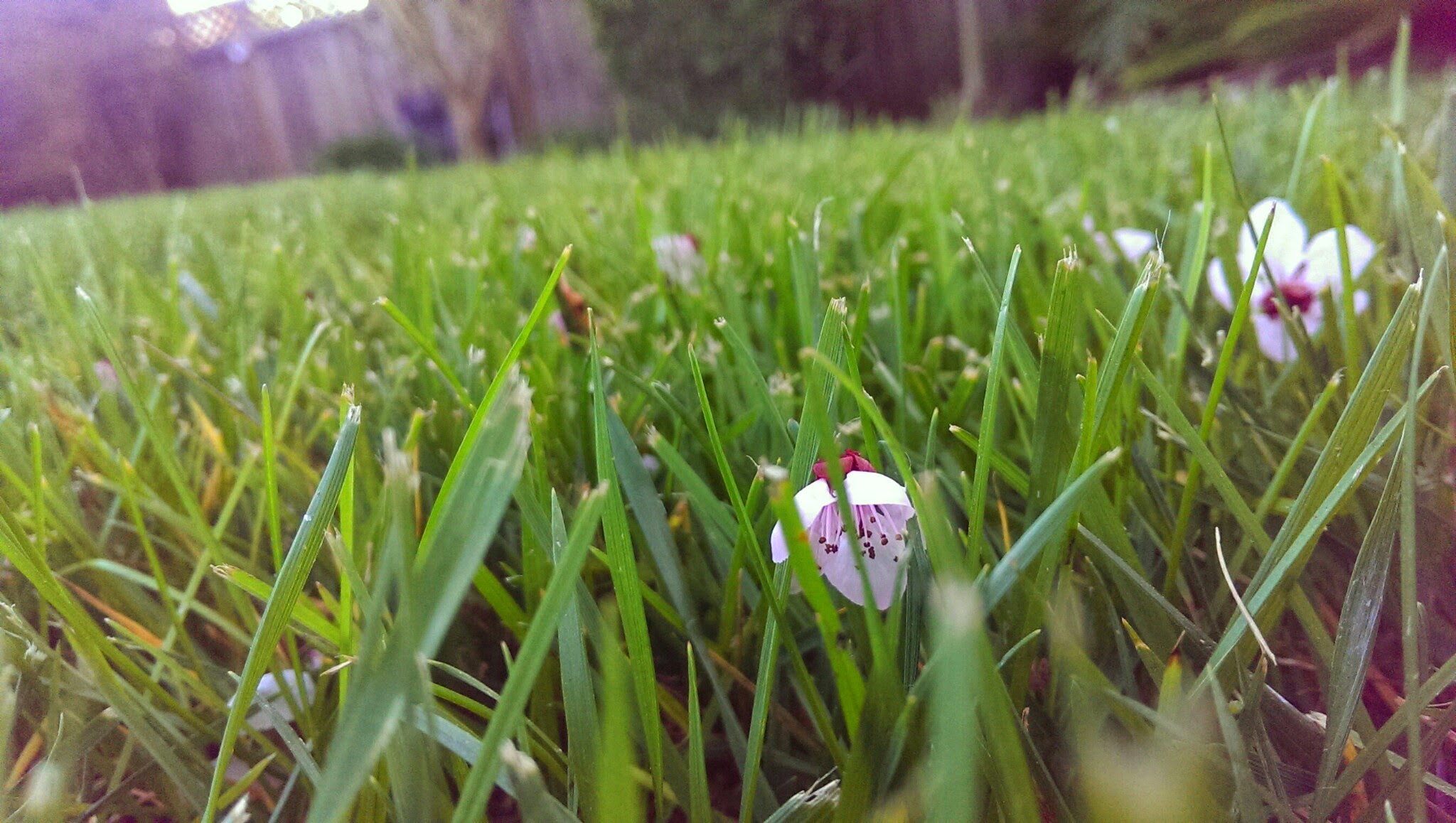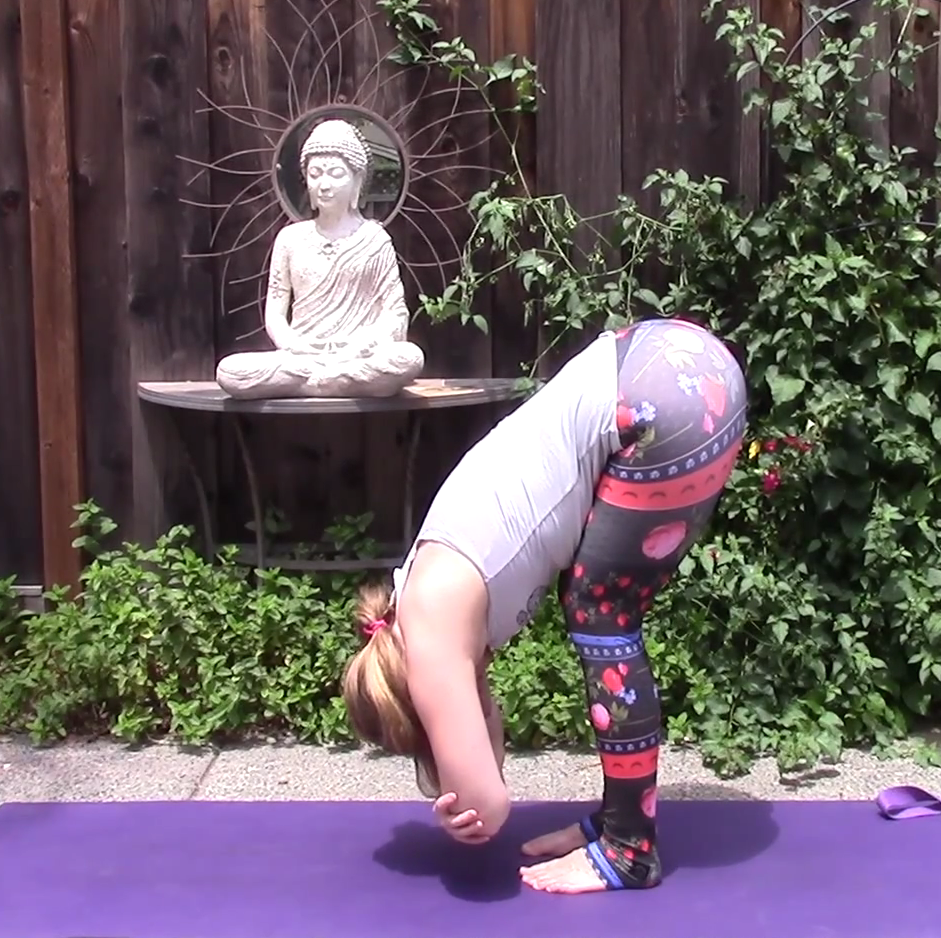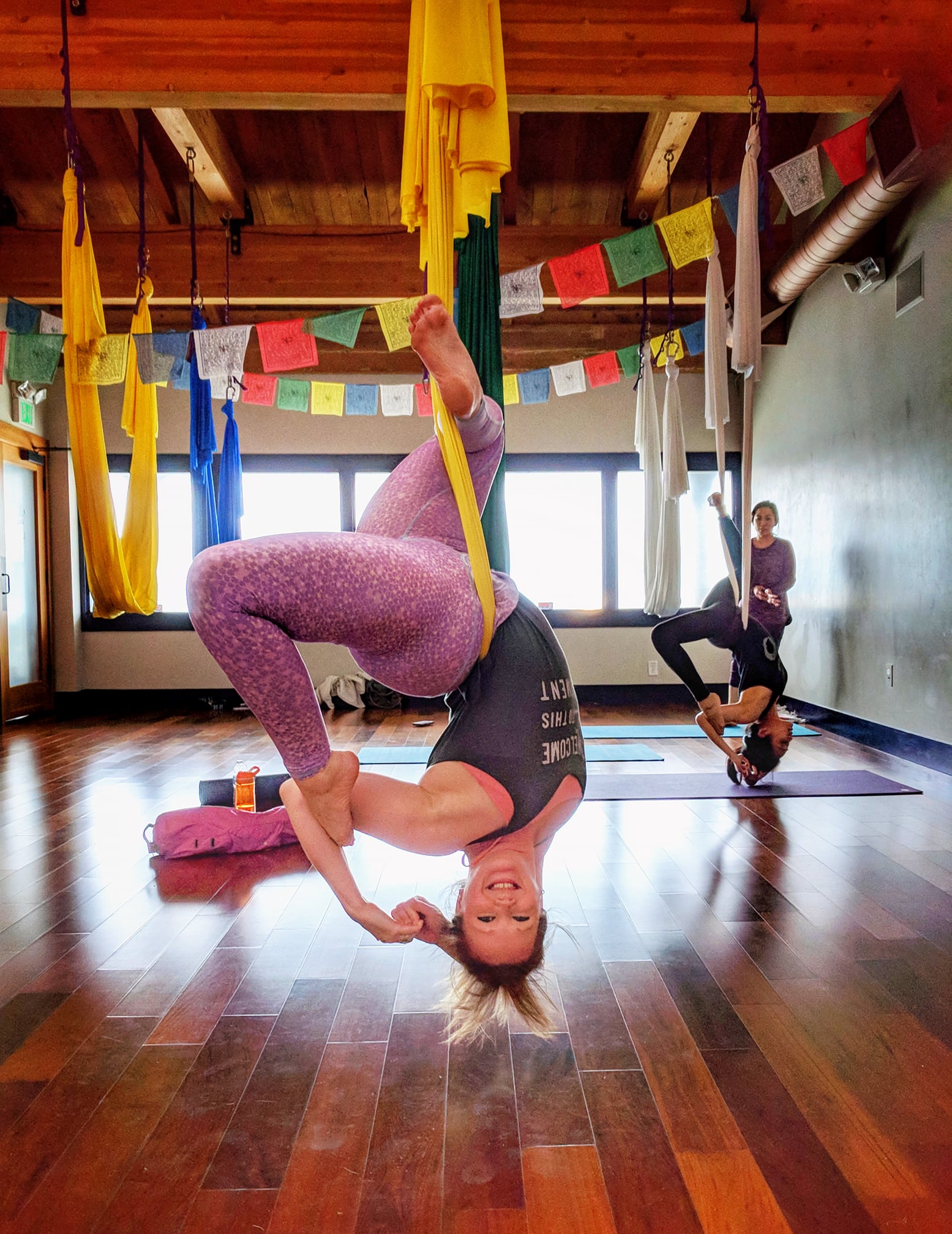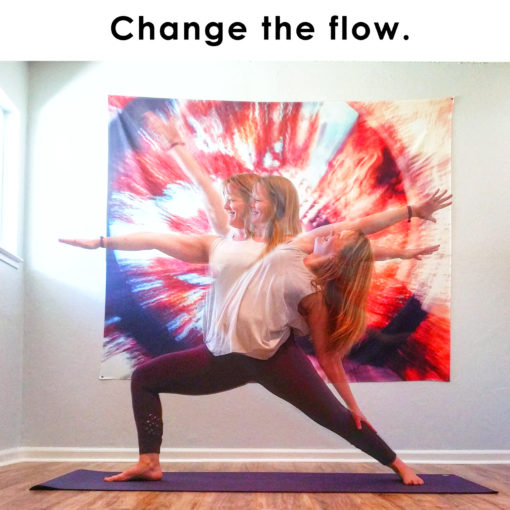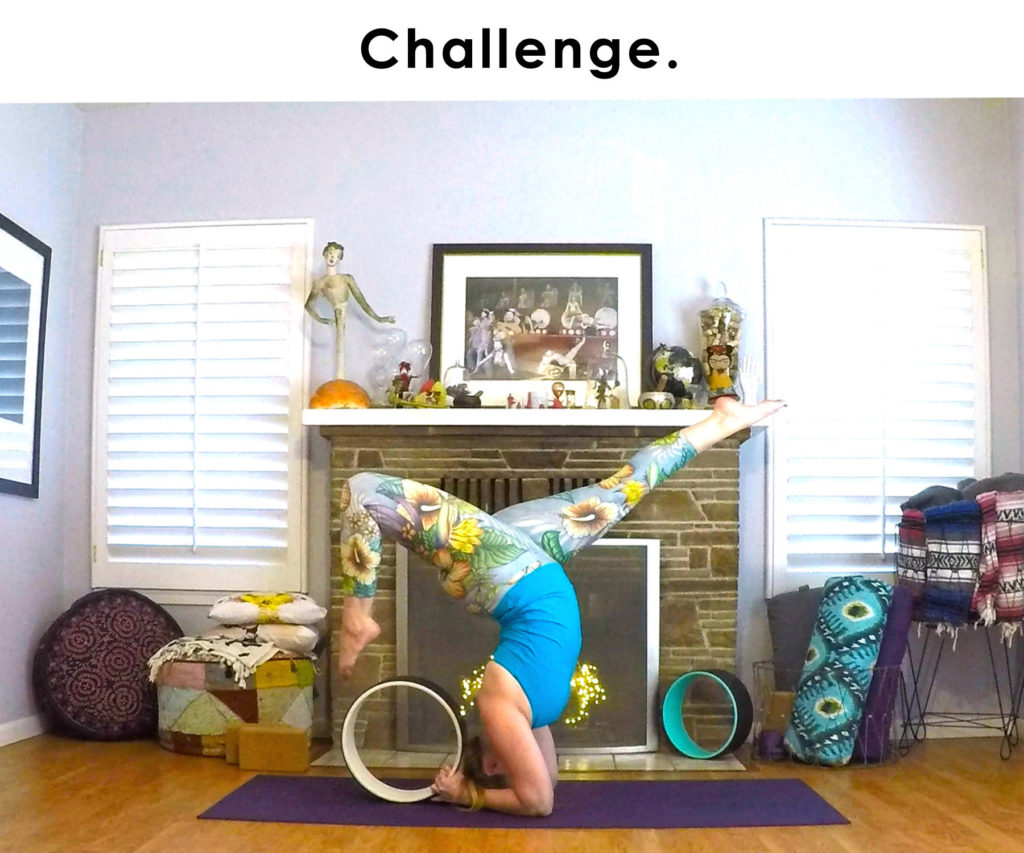
I talked about longevity & vitality as my goal for this practice, which was a great way to keep from pushing myself into postures beyond my range and injuring myself. However, that doesn’t mean I don’t like a good challenge in my practice or in my class, it simply means I approach it a little differently than some.
First, why challenge yourself? If you have a set of asanas that are working for you, why would you add new ones, ones that might be beyond your limits? Why would you introduce props that make a pose harder instead of simpler? In short, I do this to heighten my awareness. When I start moving toward something I haven’t approached before, or experience an old pose in a new way, I do it to feel different sensations in my body than what I am used to. I do it to noticed as I attempt something harder, how I react. What my mind does, what my body does, what my breath does to discover this new place I’m attempting to reach. You know when you experience a new activity, whether its hiking a new trail, doing a new workout, getting out on a SUP or riding a horse, and you come home and you say, “I feel muscles I didn’t even know I had!” I like to discover those muscles I didn’t know I had. And the mental fortitude I often doubt.
That doesn’t mean that I force myself or fling myself into postures. An example: a few days ago I attempted a new posture I had seen on instagram but hadn’t ever tried. It was a version of anantanasana with the binds of marichiasana B. It’s a pose I look at and go, “I can do anantanasana. I can do marichiasana. I’m guessing this is harder than it looks, but let’s give it a try.” So I struggled a little, and I settled into a variation because, indeed it WAS harder than it looked. In my head: “Hmmm, okay, there’s something new to work on.”
Work on for me means over the next few months anatanasana and marichiasana will make a comeback in my practice. I’ll get really, really comfortable deep in those positions that I can do again, to the point that I can hold them for many minutes without tiring, finding my meditative seat in those asanas. I’ll also work on some poses that stretch the hip flexors and my quads, because that was something I felt when I attempted to straighten my body out. There’s not a distinct timeline of achievement of a posture, rather, in attempting the posture, I noticed some things that need attention in my body. The goal is not so much this pose that I tried to do, but simply directing attention to what I might not have noticed in my body had I not tried something different.
So that’s how I approach my challenges. As something that will shine a new light on some aspect of me, often manifesting in the physical body because of the nature of asana, but not always. Some challenging asanas bring up your aversions, so often mirrored throughout your life, not just on the mat. Some will be achievable, but not maintainable, meaning you aren’t able to hold them for long, or your breath is ragged, short, or shallow. Then you tune into how you change that situation, how to manipulate the breath to be longer, more quiet, and you carry that info with you into other situations.
